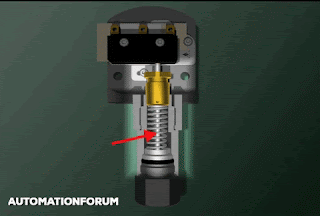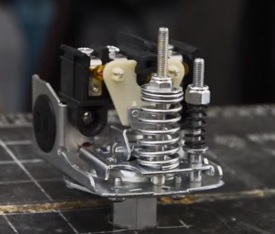What is a Pressure Switch ?
A pressure switch turns an electric circuit on or off at a preset pressure.This pressure is referred to as the setpoint of the switch. A bourdon tube,a diaphragm, or a bellows can actuate the switch.
How Pressure Switch Works?
The contacts in a pressure switch may be normally open or normally closed if the pressure is below the setpoint.
The contacts in a normally open (N.O) switch remain open until the pressure increases above the setpoint.Then the sensing element makes the contact snap to the closed position.The contacts open again when the pressure decreases below the setpoint.
The contacts in a normally closed (N.C) switch remain closed until the pressure increases above the setpoint.Then the contact snap open and remain open until the pressure decreases below the setpoint position.
Most pressure switches contains two sets of contacts.One normally open and the other normally closed.Thus the switch will work regardless of which kind of contact is needed in a particular installation.
Deadband is the difference between the value at which a control action occurs and the value at which at which the control action is cancelled. All pressure instruments have some inherent deadband due to moving parts and free play.Pressure control instrument usually have some provision for deadband adjustment.
Application of Pressure Switch
One important application of pressure switch is limiting pressure.
How to calibrate a Pressure Switch?
Pressure Switch Calibration







